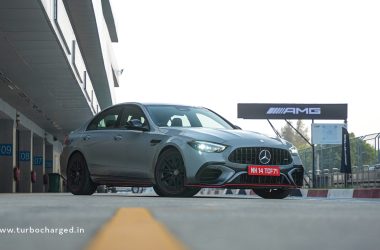Words: Halley Prabhakar
When you think of Skoda, it’s hard not to picture the iconic Octavia or the stately Superb—one built for the spirited driver, the other for the backseat boss. Sedans were the heart of Skoda in India, but like the rest of the world, we eventually gave in to the SUV craze. Enter the Kodiaq—Skoda’s first proper family SUV. Sure, the Yeti had its moment of cool-weird charm, but the Kodiaq felt right. Built on VW’s MQB platform, it struck the perfect balance of practicality, premium feel, and presence. It’s been on Indian roads since 2017, just after its global debut, and with nearly a million sold worldwide (over 9,000 in India alone), it’s fair to say it’s earned its stripes. Now in its second generation, the Kodiaq MK2 isn’t just new—it’s evolved. It wants to bring back that high-end Skoda magic that made us fall in love with the brand in the first place.
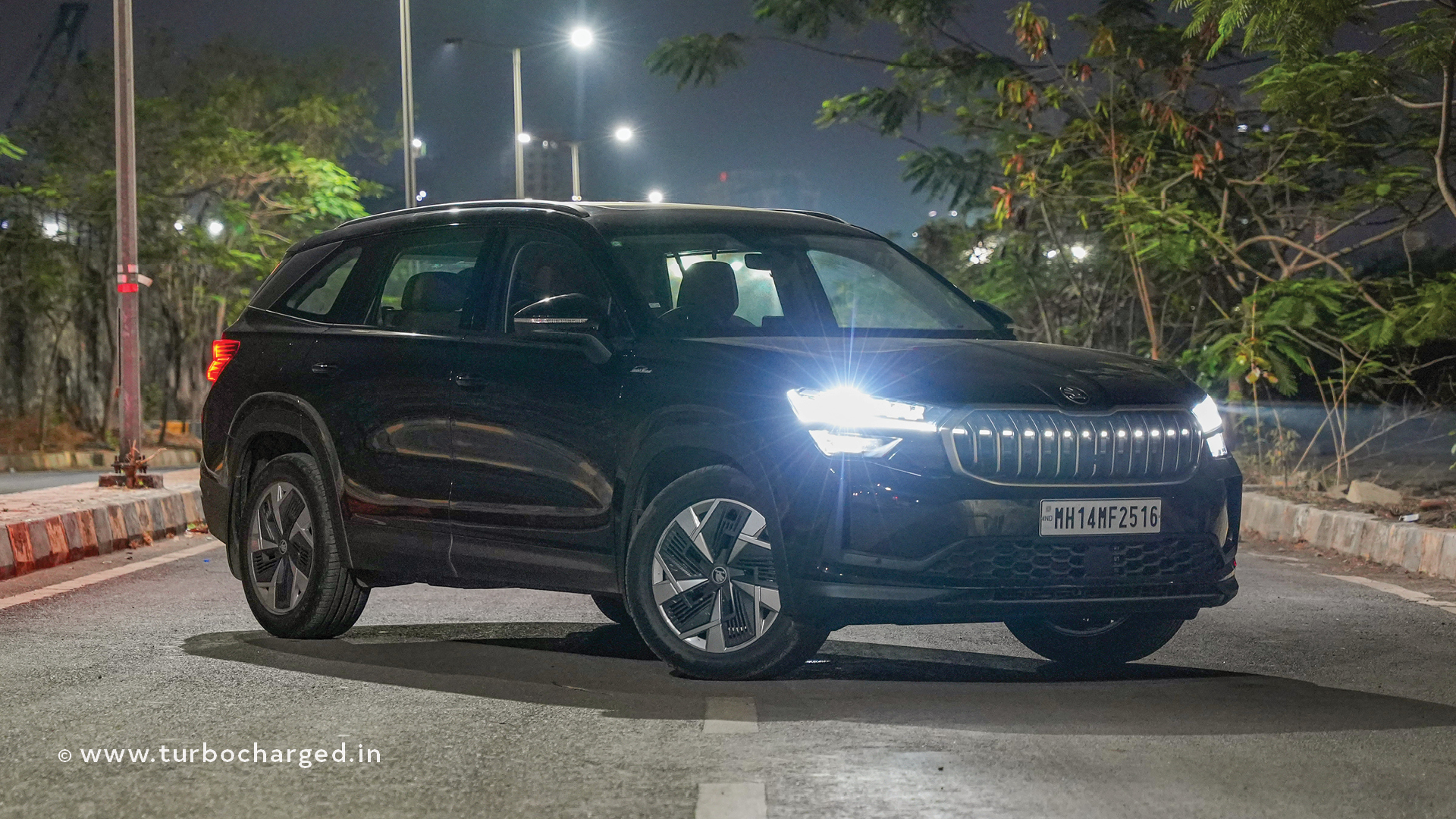
One look at the new Kodiaq, and it’s clear—this SUV isn’t here to blend in. The face is sharper, bolder, and more confident. The grille’s grown up, the LED headlamps are sleeker, and in the L&K trim, you get tiny, jewel-like DRLs tucked between the slats that sparkle when the sun goes down. It’s the kind of touch that makes you go “nice.” The Sportline keeps it sporty with a gloss black grille that looks especially good in Race Blue or Steel Grey, while the L&K dials up the contrast with a matte silver finish that skips chrome and nails the look.
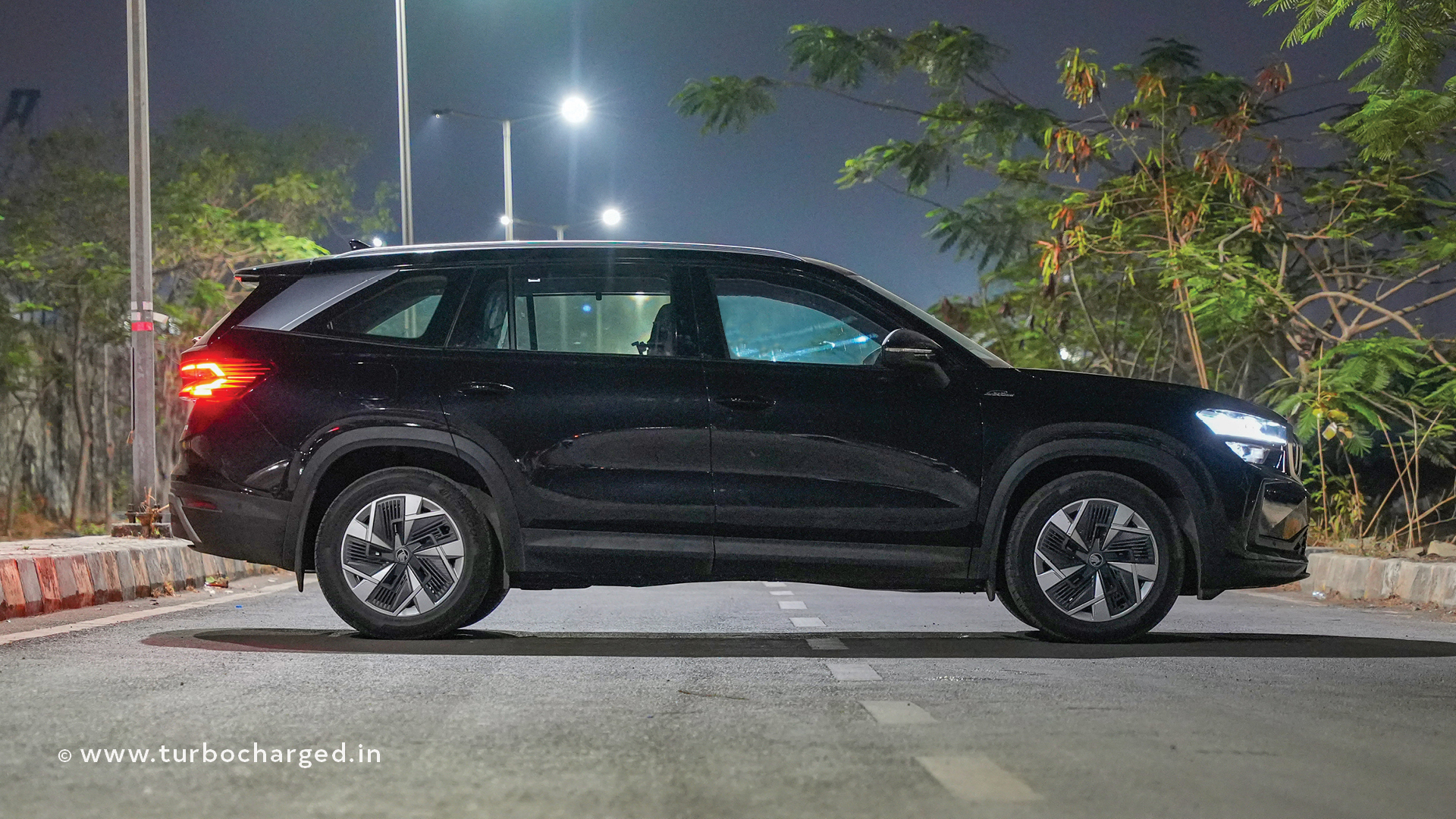
From the side, this Kodiaq looks noticeably longer. The silhouette leans more toward estate-crossover than a traditional SUV, which gives it a nice Euro vibe. The Sportline’s D-pillar in gloss black makes the rear quarter glass look bigger, while the L&K goes with dark chrome that catches the light just right. The squared-off wheel arches add some muscle, and while the 18-inch wheels suit our roads perfectly, the international 19s do look the business. The Sportline’s dual-tone wheels fit the theme well, while the L&K’s aero-focused flat design might split opinions. Side skirts in body colour keep things tidy, and overall, the design is clean, classy, and refreshingly free of unnecessary creases. The rear gets a full makeover too, with sleeker, more angular C-shaped LED tail lamps and dynamic indicators. A long reflector runs across the tailgate, giving off connected-light-bar vibes… though sadly, it isn’t one. The rear bumper is also body coloured if you opt for the Sportline.
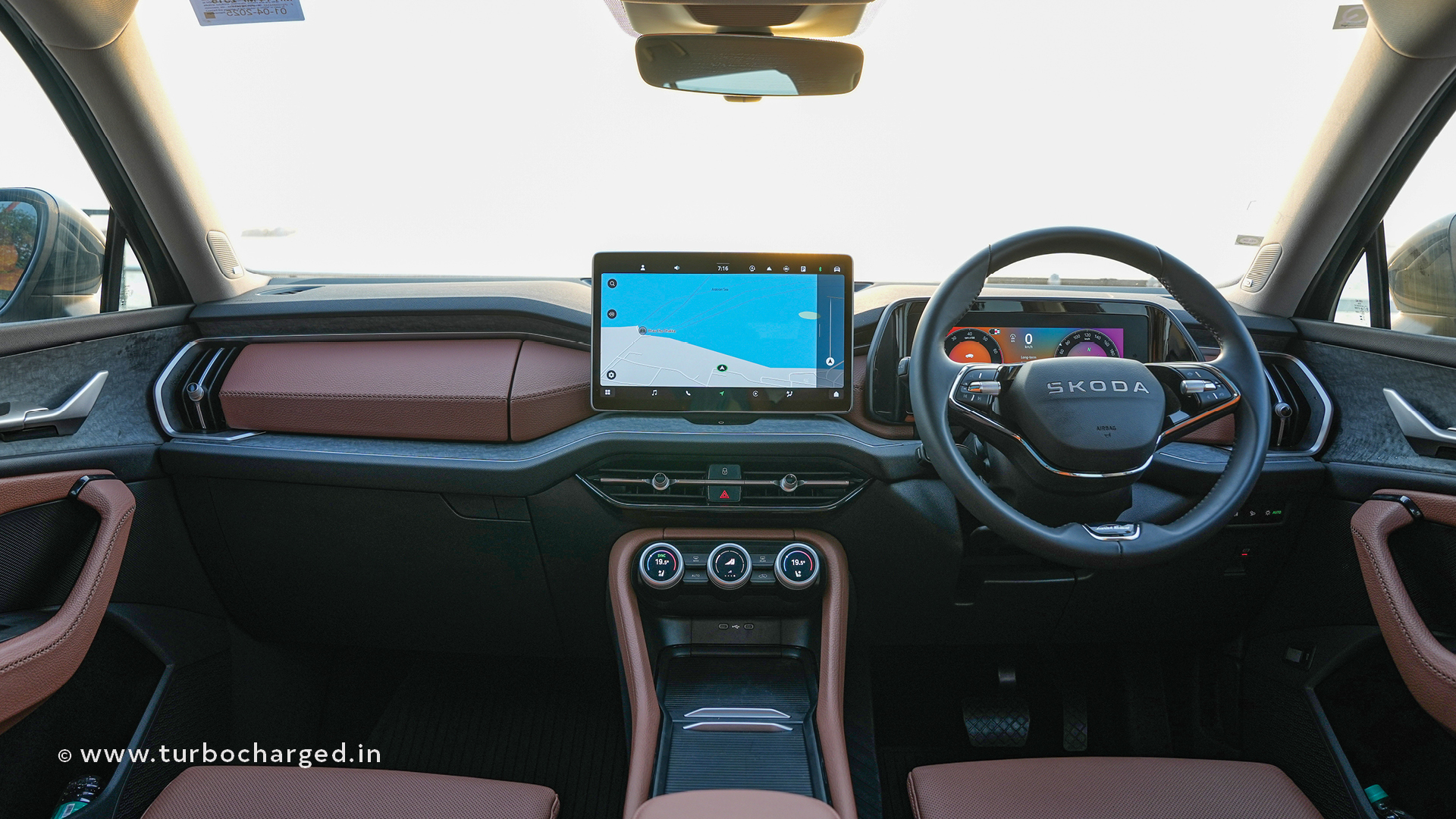
Step inside and things get properly swanky. The layout remains symmetrical like before, but everything else feels next-gen. The new two-spoke steering wheel (Sportline gets a sportier three-spoke) looks elegant, and the mix of materials, especially in the L&K, makes the cabin feel genuinely premium. There’s a huge 13-inch touchscreen front and centre, with slick graphics and a smart UI. And instead of just going full touchscreen chaos, Skoda has nailed the balance with these clever “smart dials” below the screen. They can be pressed to toggle between different functions—like seat ventilation, fan speed, and drive modes—and customised to suit your style.
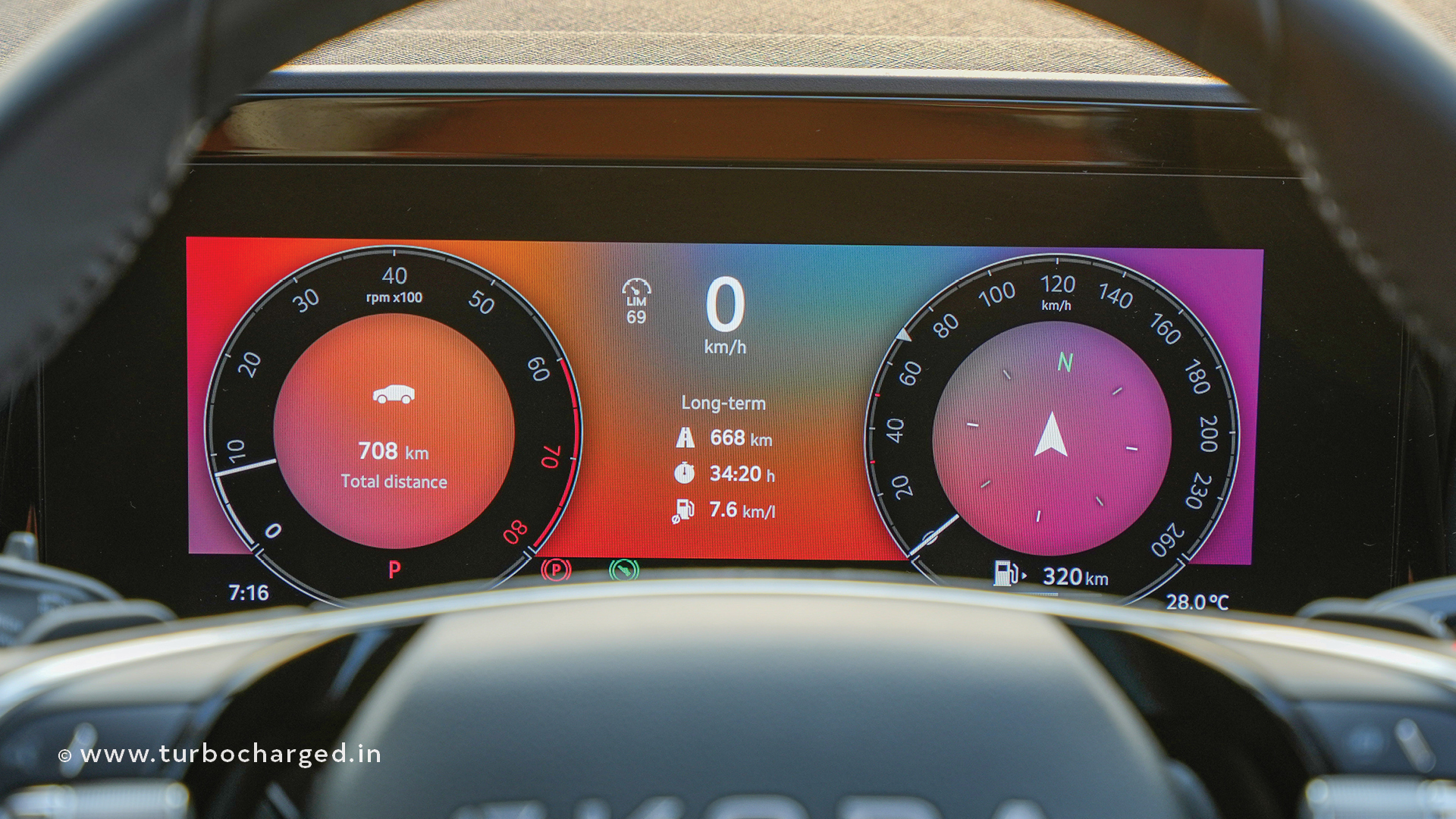
The 10-inch digital instrument cluster is crisp, with various themes, including a cool analogue-style layout. Even the colour schemes can be matched across both screens. It’s all very thoughtfully done.
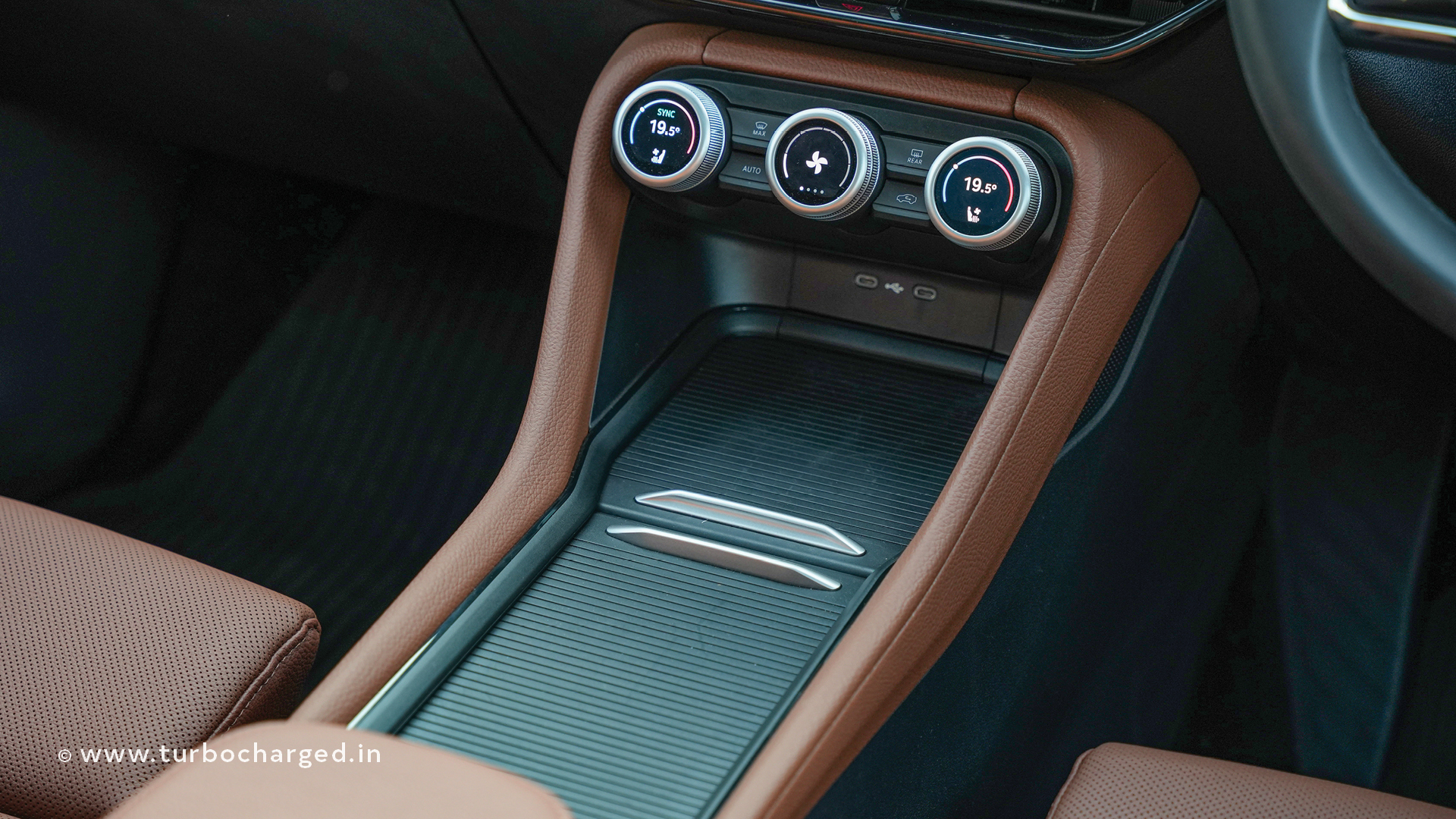
Skoda’s also embraced sustainability with eco-friendly leather-like materials wrapping the dashboard, centre console, and seats. The Sportline swaps leather for grey-and-black Alcantara, giving off a racier vibe. The front seats are properly comfortable, and in the L&K, they even get massage functions with different modes and timers—yes, massage seats. In a Skoda.

Of course, being a Skoda, you get all the clever little extras that make you smile: a door-embedded umbrella, a windscreen ticket holder, a screen cleaner, hidden trash bins, a charging port near the IRVM for your dashcam, two wireless chargers up front, and a surprisingly spacious centre area now that the gear lever has moved to a twisty stalk near the steering wheel and is effortless to operate as well. Even the light controls have ditched knobs for sleek touch panels. The panoramic roof? Just swipe to open it. The ambient lighting system is next level—choose any colour you want, and the strip runs across the dash and doors. Plus, when a door is open, that side glows red as a warning for oncoming traffic. There’s even a Skoda puddle lamp that beams down from the ORVMs. Subtle flex.

In terms of space, the longer body pays off. The second row is spacious and plush—perfect for those who like being driven—and there’s even a modular centre tunnel console that can be removed if needed. Boot space is generous: 281 litres with all three rows up, 786 litres with the third row down, and a massive 1976 litres if you fold everything flat. The third row’s still best for kids, but this is hands down the most spacious Kodiaq yet. Storage nooks are everywhere—dual gloveboxes, deep door pockets, mobile slots, four cup holders up front, and even a tablet mount for the rear. The boot gets bag hooks, a net, and a bit less space than the international version due to the space-saver tyre and 13-speaker Canton subwoofer setup, but it’s more than enough.
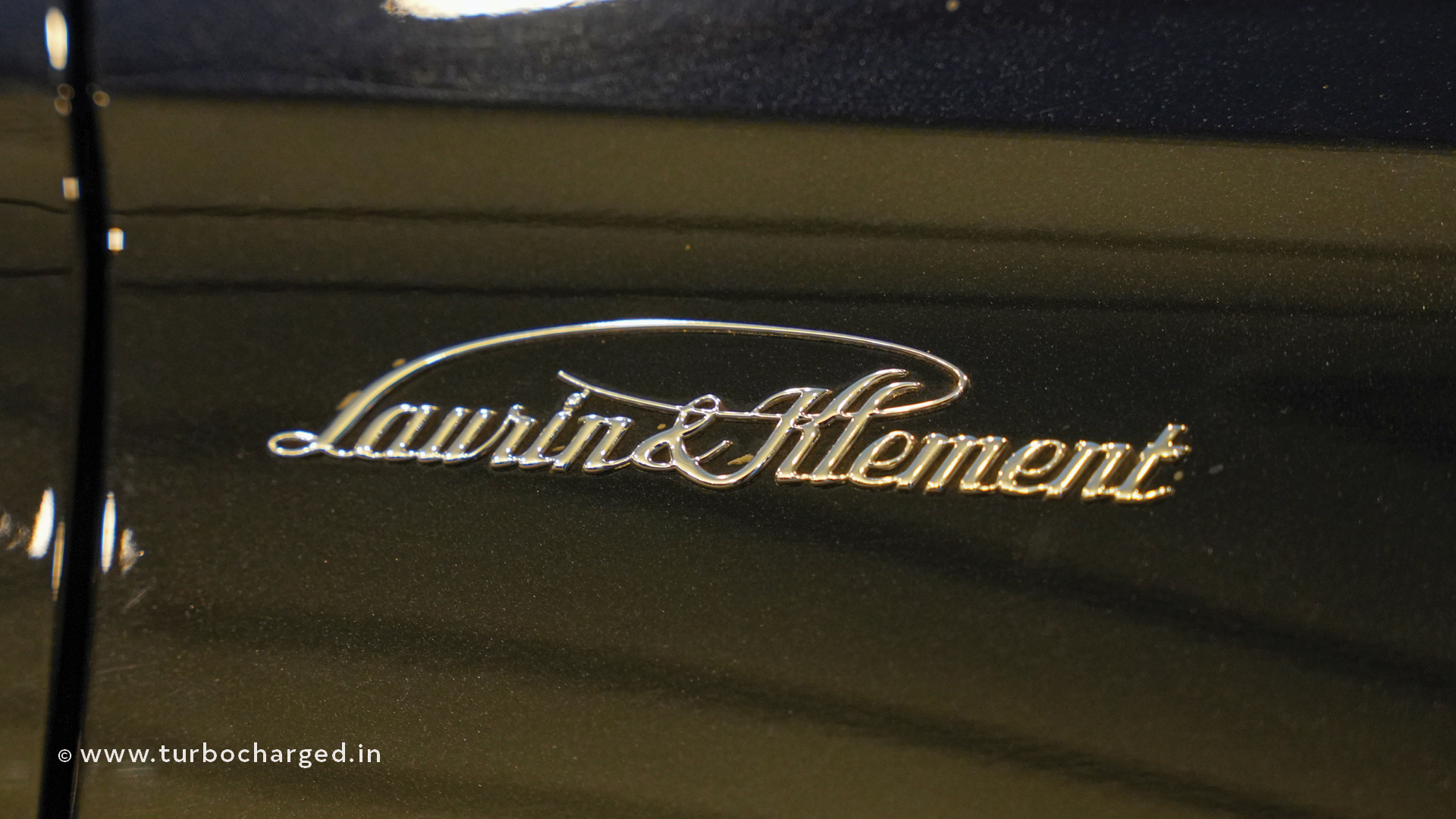
Now, performance. The diesel’s gone, and while that’ll disappoint some fans, the 2.0-litre TSI petrol engine more than makes up for it. The EA888 motor is smooth, punchy, and well-paired to the 7-speed DSG. It makes 204PS and 320Nm, and the AWD Haldex system has been updated—it stays in FWD most of the time and switches to AWD as needed. Claimed mileage is 14.86kmpl. On our relaxed, late-night run through South Bombay, the onboard computer read 7.5kmpl, but we’ll need a full test to see what it can do.
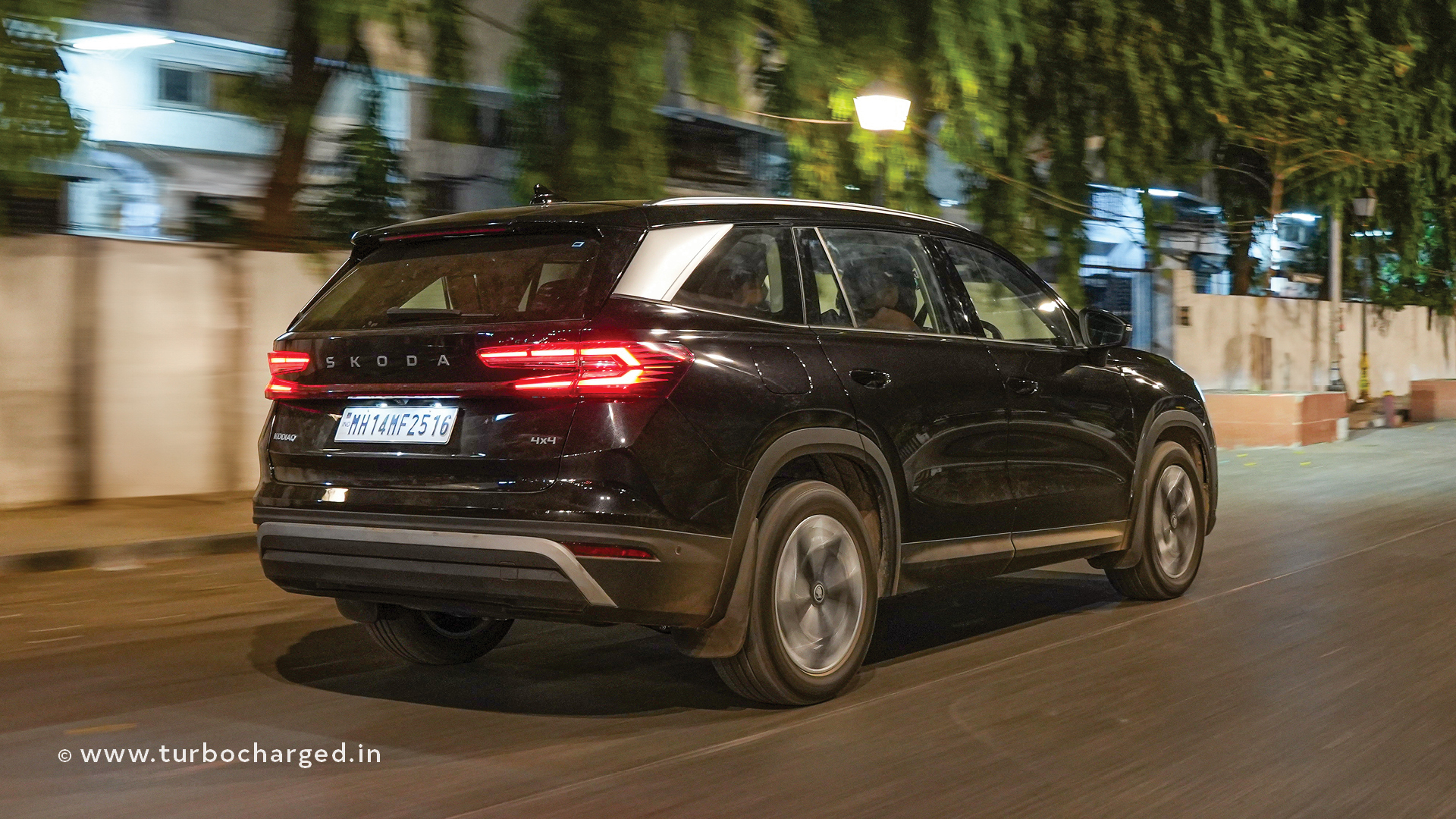
The engine pulls well, the gearshifts are seamless, and despite its size, the Kodiaq feels surprisingly light on its feet. We didn’t get to take it outside the city this time, but it’s easy to imagine this being a brilliant highway cruiser. Paddle shifters are standard, and you’ve got a full suite of drive modes—Eco, Normal, Sport, Off-road, Snow, and Individual.

Ride and handling? Smooth as expected. The chassis feels stiff and confidence-inspiring, and the 18-inch wheels help soften out our not-so-perfect roads. There’s no dynamic chassis control like the Euro version, but the standard suspension setup works just fine here.
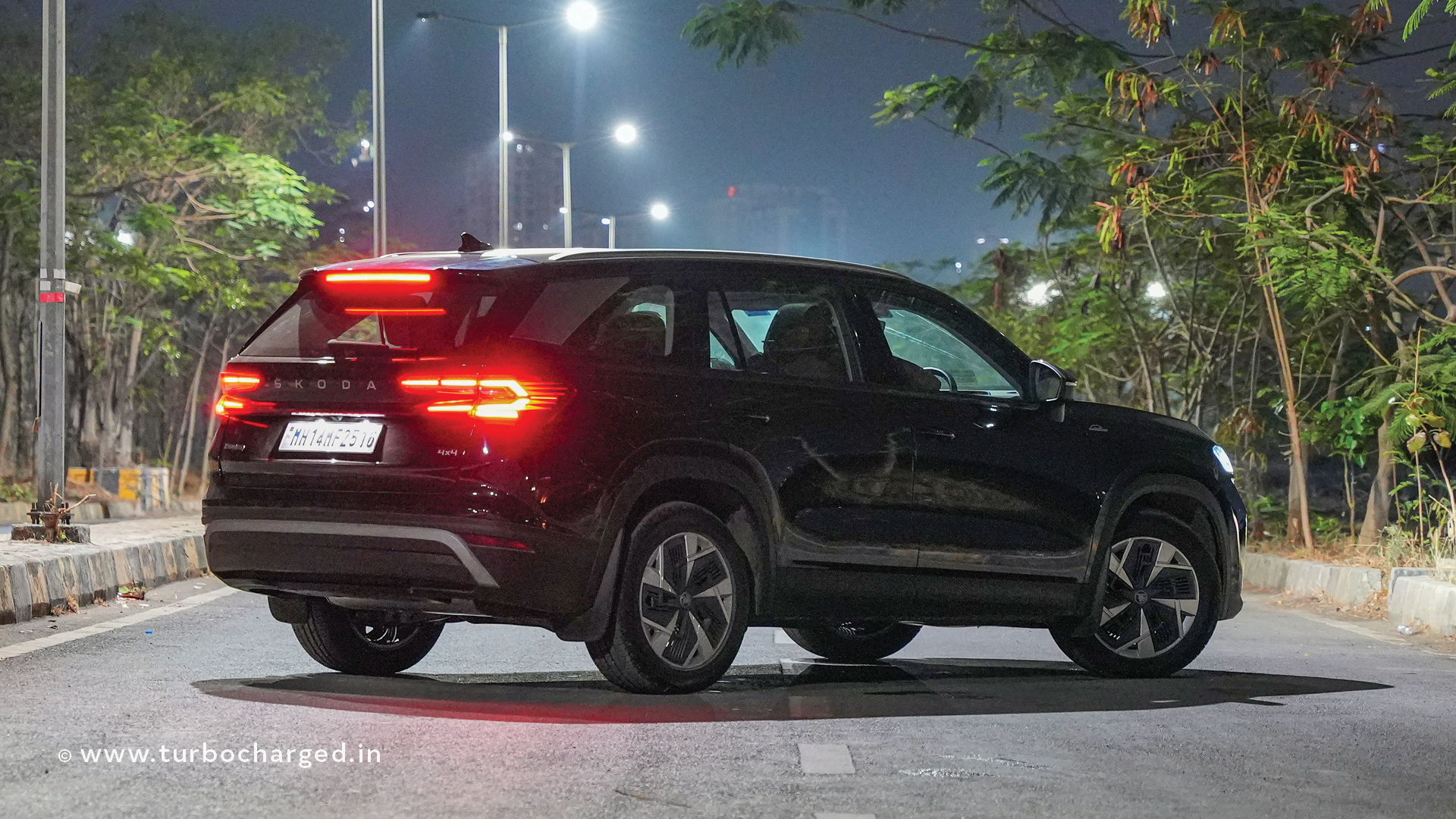
Safety-wise, the Kodiaq gets 9 airbags as standard, along with an electronic diff lock, drowsiness detection, hill start assist, and hill descent control. ADAS isn’t here just yet—it’s expected to come later once certifications are in. For now, there’s a 360-degree camera, auto park assist, and a hands-free tailgate with the virtual pedal feature for those hands-free tailgate opening situations, to name a few.
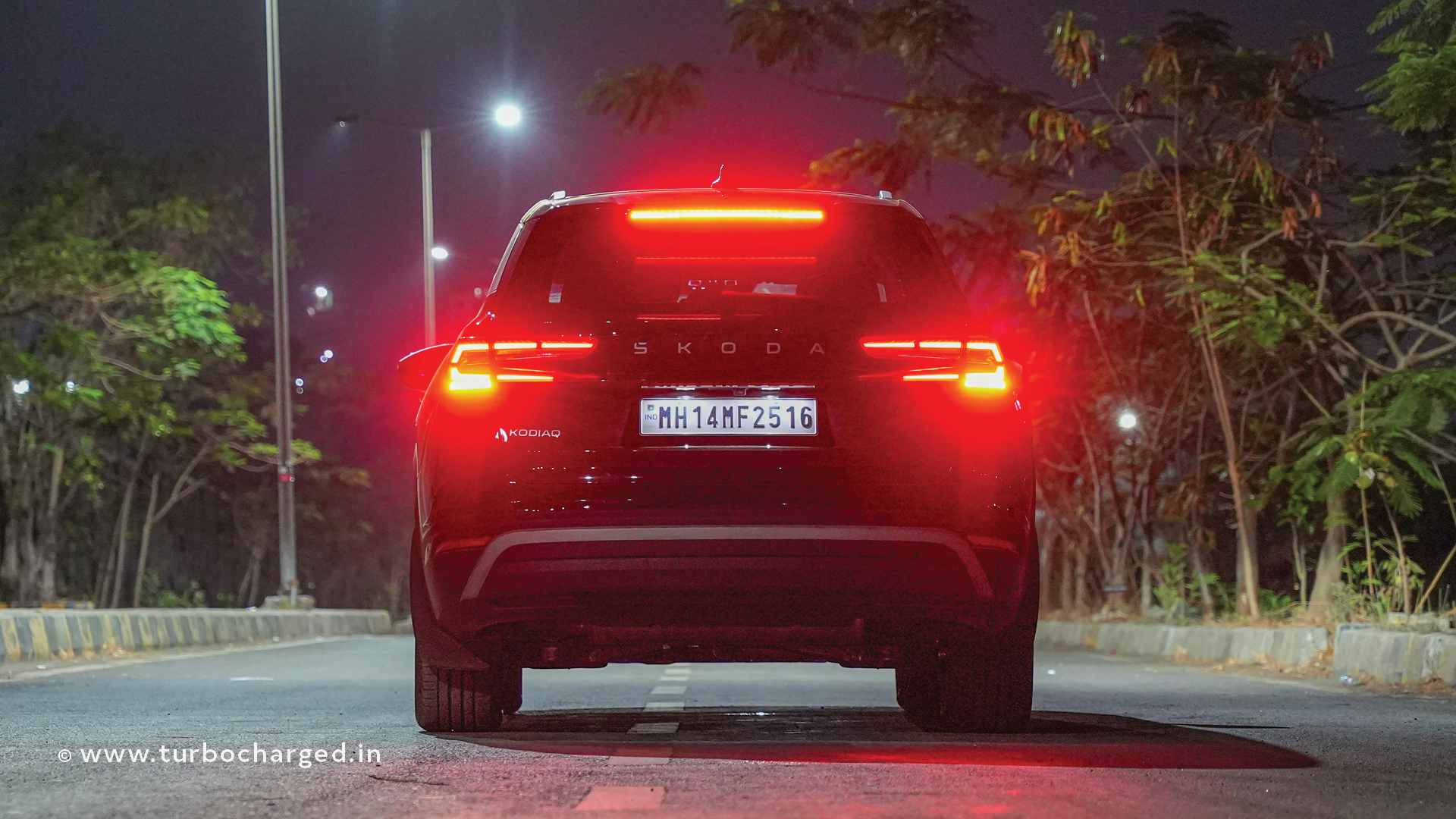
So, what’s the verdict? The Kodiaq is bigger, better, and more luxurious than ever. It’s stylish, well-equipped, cleverly packaged, and packs a strong engine to back it all up. Yes, it’s in a competitive price segment, and yes, some rivals have flashier badges. But honestly? If you’re looking for a premium 7-seater that nails the balance between family SUV and understated luxury, this is one Kodiaq that absolutely deserves a spot on your shortlist.








